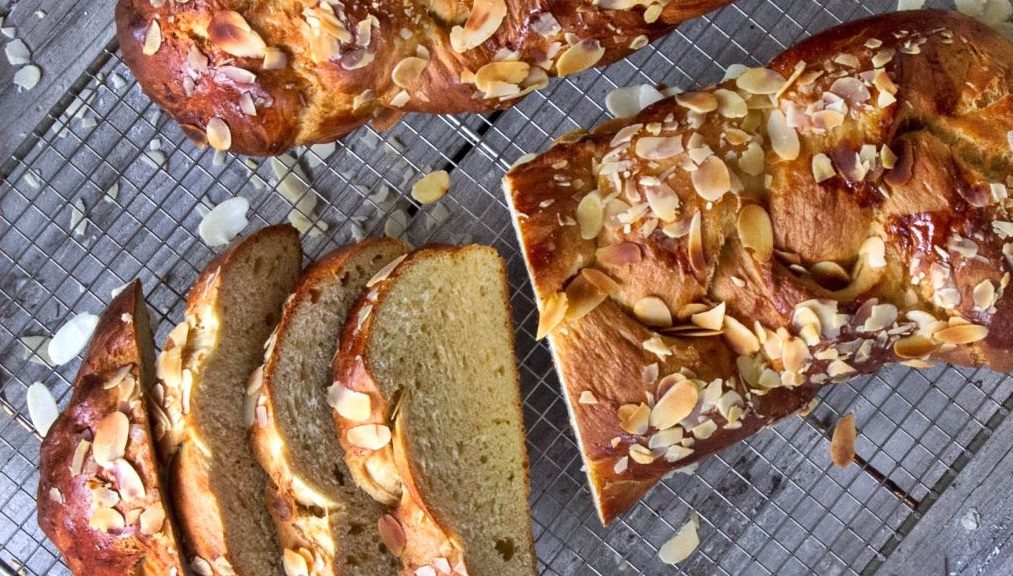When I hear the word Easter, I instantly think of red-dyed eggs and tsoureki; all right, lamb too.
Maybe it’s the 40-day-long Lent period that makes me dream of delicacies the more the day approaches, but still, my childhood memories are drenched in the aromas of orange, mastic, and mahlepi coming to life once this soft, milky bread gets in the oven.
I’ve said it before and I’ll say it again, there is only one place in Melbourne that gets it right and that’s the Greek Bakery.
Despina Gennimaki and her staff have started preparing for the biggest Greek Orthodox feast of the year and will start baking their much-hyped tsoureki just before Easter.
“I make my tsoureki using the purest and freshest ingredients; absolutely no preservatives,” Greek Bakery’s owner Despina Gennimaki tells Neos Kosmos.
“We use mahlepi, mastiha, and orange and start making them as close to Easter as we can to ensure everything’s fresh.”
The mahlepi, a spice made from ground wild cherry pits, is an essential to the making of this bread, while the unique aroma of the freshly ground Chios mastic permeates the dough. Both are taken to the next level with the orange zest and juice.

“Don’t forget the lambropsomo!” she adds. “This is the traditional white puffy bread with sesame and the red-dyed hard-boiled egg in the middle of the cross that Greeks eat on the day.”
Tsoureki is the best way to break the Lenten Fast; a delicious aromatic yeast-bread, whether you choose to eat it for breakfast with butter and milk or pan-fry it like French toast and enjoy it with cheese and marmalade.
“Making a good tsoureki can be challenging,” Despina tells me as she insists a good tsoureki requires two risings. Meanwhile, she gives me a bit of a heads up explaining that the tsoureki is traditionally braided, and the three parts symbolise the Holy Trinity while the lambropsomo has a cross on the top made with stripes from the dough to symbolise the crucifixion. The red-dyed hard-boiled egg is the celebratory element referring to the resurrection.
“It’s everything: the ingredients, the spices, getting the ideal room-to-lukewarm temperature for the dough to rise.
“You also need to put love and meraki to the mix. It all adds up to getting the right stringy texture inside and the soft, flavoursome crust on the outside.”
According to Despina, the right tsoureki is stringy, soft, and fluffy, but moist enough to become chewy in the mouth. It’s also supposed to last for a few days without losing its texture.
“Every region in Greece has its own version, more or less based on the same recipe,” she adds.
“Our recipe has also been passed down through generations, but has been put to the test on a commercial level. It’s fail-proof and as yummy as it gets!”










